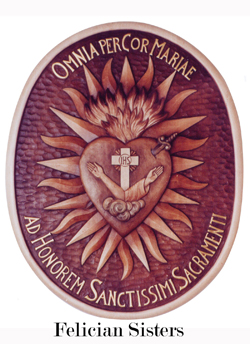|
ZAKOPANE
If you have never heard of Zakopane, you can’t be Polish. Everyone in Poland, and nearly everyone of Polish decent talks about it like it’s Banff.
Well, they’re right. Poland is Europe’s billiard table; a largely flat square of land. In the extreme south, however, the Carpathians, including the Tatra Mountains, form a magnificent craggy border between Poland, the Czech Republic and Slovakia.
Zakopane is the jewel of that snowy crown.
A relatively small mountain town, Zakopane is often called ‘The Winter Capital of Poland’. That’s due in part to its elevation, the highest of any town in the country, but also to clever marketing which have built it from a nearly inaccessible highland village to most important Polish centre of mountaineering and skiing, attracting three million tourists annually.
Our filming took us throughout the quaint hiking trails and picturesque ski runs filled with breathtaking view of nature at its best, where April sunshine made even the snow hospitable to cameraman Kevin Hewitt and the rest of the crew.
Back in the somewhat commercialized town (Barb and Olenka, our hosts to the country, were shocked to find that McDonalds and KFC had sprung up like mountain mushrooms since their last visit), we were able to film a number of sites that revived Zakopane’s original reputation for idiosyncrasy and charm. Complexes of wooden buildings typical of the Podhale region abound, as well as mansions in the ‘Zakopane style’, museums and art galleries. Many references to Pope John Paul II can be found here, including Sanktuarium Matki Bożej Fatimskiej built after he was shot. John Paul II’s well-publicized love of Zakopane has become the most important events in the town's history.
Dominated by birch trees and cool, sinuous walkways, the oldest cemetery in Zakopane made a particularly poignant location for filming. The resting place of numerous mountaineers, writers and artists (including Stanislaw Witkiewicz, the father of the Zakopane style) is unlike the cold, stone-built cemeteries we’re used to in the West—it’s almost comfortable, dominated by traditional rural shrines and stout wooden tombstones created by craftsmen for which is town has been known for centuries. The cemetery overlooks the region’s best known landmark, the ‘Sleeping Warrior’, which is a natural formation on Mount Giewont.
Although this striking skyscape can be admired from nearly anywhere in town, it may be best appreciated from the old cemetery on Kościeliska street, surrounded by Zakopane’s own sleeping warriors
|







